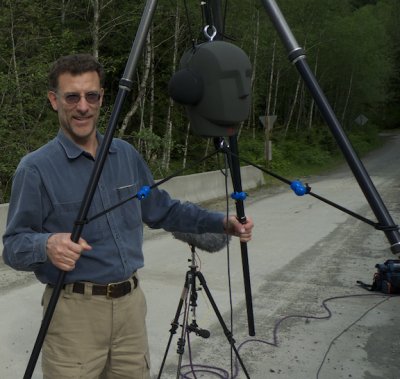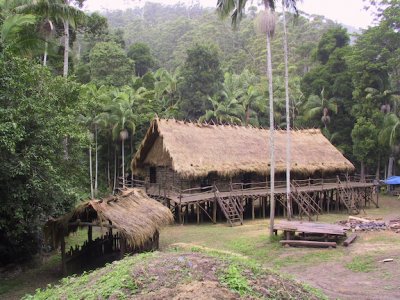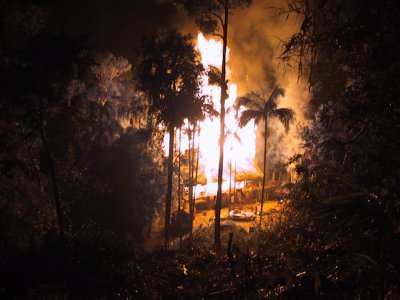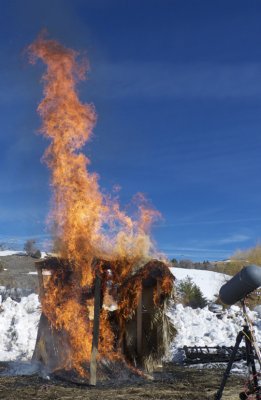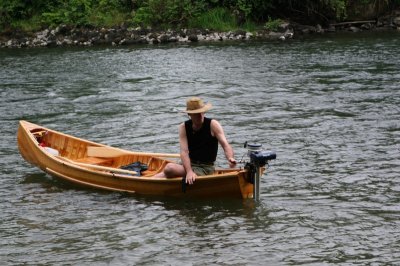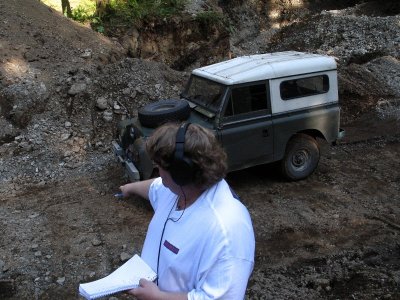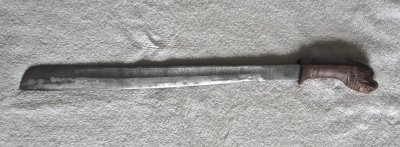MikeKardec
One Too Many
- Messages
- 1,157
- Location
- Los Angeles
Here's a couple of scenes from the show I'm hoping to complete this year. This is a tentative mix and we are still waiting for the music to be written.
The title is The Diamond of Jeru and the story takes place in Sarawak in 1955. Sarawak was/is on the north coast of Borneo and at the time was a recently acquired British colony.
I have to give a Thank You to everyone at TFL ... a fair amount of the research that went into our sound effects props either came from this site or was inspired by discussions here. We always like to try getting an effect from the real thing from the right era if we can!
http://www.thediamondofjeruaudio.com/AudioFiles/TheDiamondOfJeru-Scene11Fedora.mp3
http://www.thediamondofjeruaudio.com/AudioFiles/TheDiamondOfJeru-Scene16Fedora.mp3
The cast members you are listening to are Joel Bryant, Traci Dinwiddie, Michael Ng, and Time Winters. The narrator is Joe Morton.
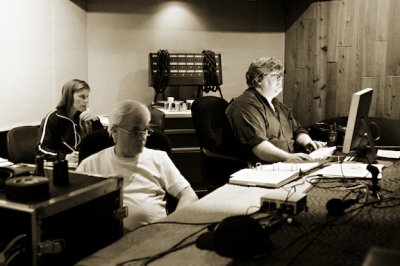
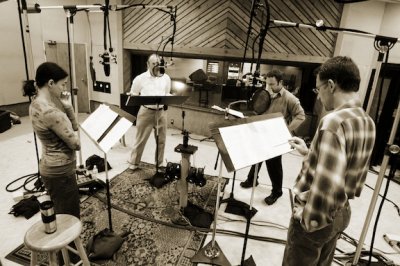
The title is The Diamond of Jeru and the story takes place in Sarawak in 1955. Sarawak was/is on the north coast of Borneo and at the time was a recently acquired British colony.
I have to give a Thank You to everyone at TFL ... a fair amount of the research that went into our sound effects props either came from this site or was inspired by discussions here. We always like to try getting an effect from the real thing from the right era if we can!
http://www.thediamondofjeruaudio.com/AudioFiles/TheDiamondOfJeru-Scene11Fedora.mp3
http://www.thediamondofjeruaudio.com/AudioFiles/TheDiamondOfJeru-Scene16Fedora.mp3
The cast members you are listening to are Joel Bryant, Traci Dinwiddie, Michael Ng, and Time Winters. The narrator is Joe Morton.


Last edited:
